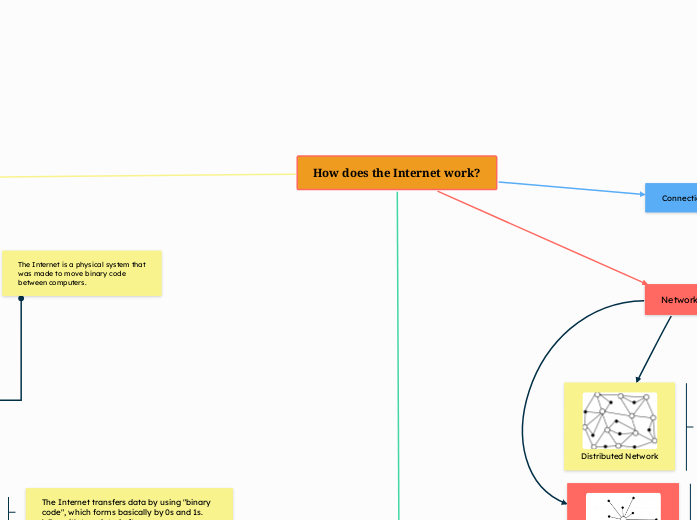realizată de Pablo Gonzalez Inostroza 1 an în urmă
147
How does the Internet work?

realizată de Pablo Gonzalez Inostroza 1 an în urmă
147

Mai multe ca acesta